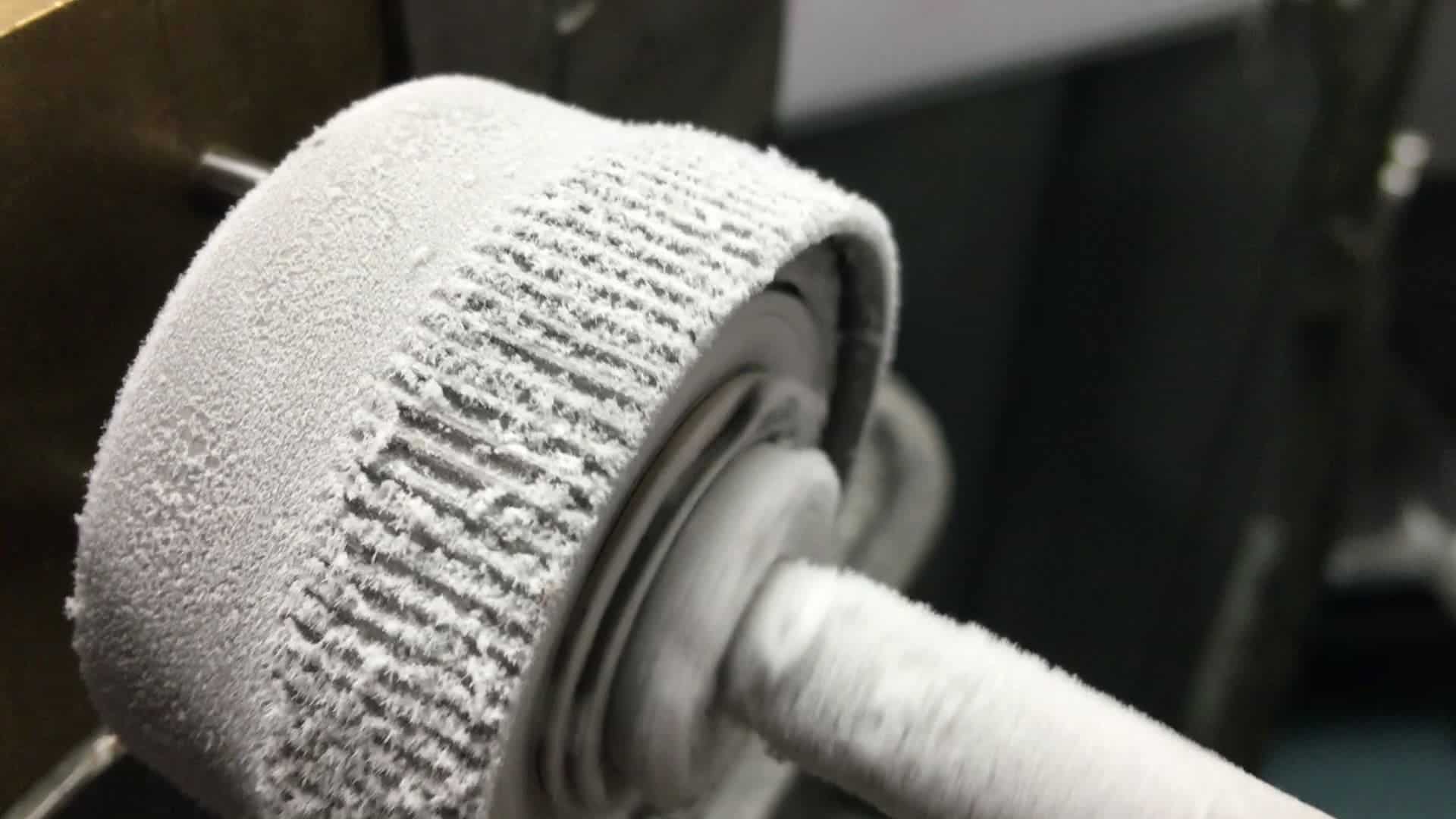Metallic glass might be the key to exploring the frozen bits of the Universe, NASA believes. They’re working on a new class of this material that’s hard-wearing, strong, and should work just fine at very, very low temperatures.
Exploring space isn’t only hard work — it’s also incredibly cold. So cold in fact that the metal we make our crafts of just can’t take it. So rovers like the Curiosity, that poke around on frozen balls of space rock, require a constant flow of heated lubricant to keep working. This means we have to supply them with extra lubricant, delivery systems, and heating — all amounting to added mass and power drains.
The new class of metallic glass NASA’s been working on, called bulk metallic glass (BMG) could provide an alternative. The agency’s latest tests have shown that BMG gears can withstand strong torque and turn smoothly without lubricant even in environments as cold as -200 degrees Celsius (-328 degrees Fahrenheit).
“Being able to operate gears at the low temperature of icy moons, like Europa, is a potential game changer for scientists,” says NASA program manager R. Peter Dillon.
“Power no longer needs to be siphoned away from the science instruments for heating gearbox lubricant, which preserves precious battery power.”
A metallic glass is created by heating a liquid metal, to make sure its atoms are bouncing all over, then cooling it very quickly, by about 1,000 degrees Celsius (1,832 degrees Fahrenheit) per second. The process locks the atoms in place, preventing them from crystallizing in an orderly fashion. This random-distribution state is known as “vitreous” — the same state of matter that characterizes glass. The result is metal with some internal properties of a fluid, giving them much better flexibility and durability. The random structure also prevents most weak-spots in the metal from forming (as these usually these form around imperfections in the crystalline matrix).
While BMGs aren’t a new discovery, scientists have found it difficult to make hardware like robots and rovers out of it. NASA has shown that they can be used to fashion such components, however. They fashioned a part known as a strain wave gear (pictured above), which essentially keeps the artificial joints moving, from BMGs. Even better, they report that this approach is cheaper and less complicated than the conventional method.
“Mass producing strain wave gears using BMGs may have a major impact on the consumer robotics market,” says lead researcher Douglas Hofmann.
“This is especially true for humanoid robots, where gears in the joints can be very expensive but are required to prevent shaking arms. The performance at low temperatures for JPL spacecraft and rovers seems to be a happy added benefit.”
The findings “Optimizing Bulk Metallic Glasses for Robust, Highly Wear-Resistant Gears ” have been published in the journal Advanced Engineering Materials.










